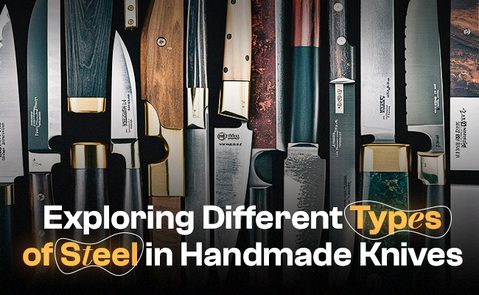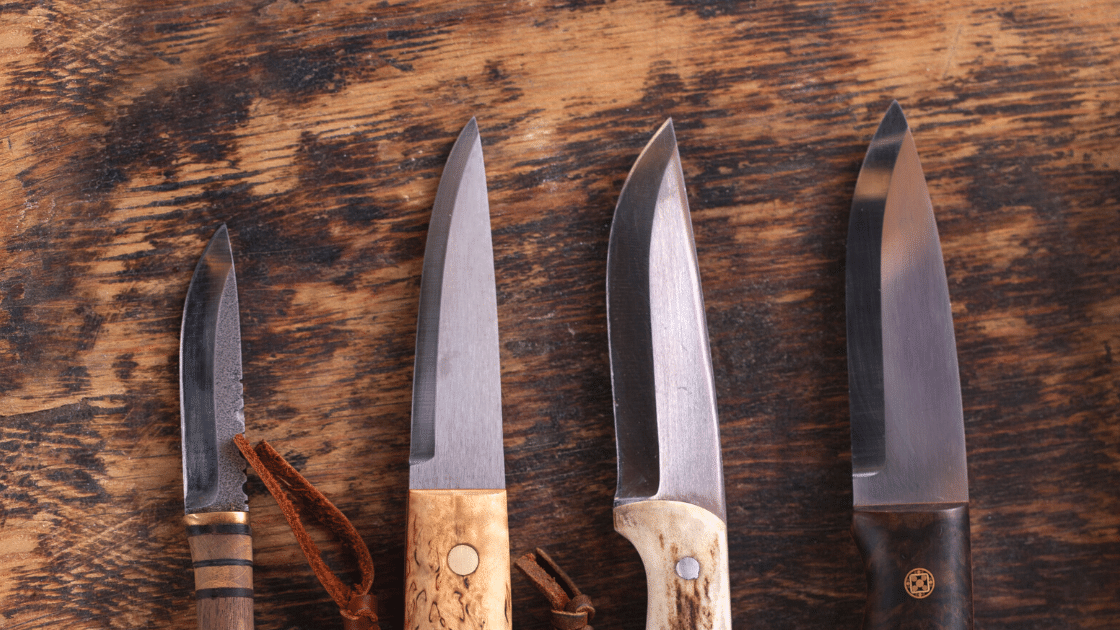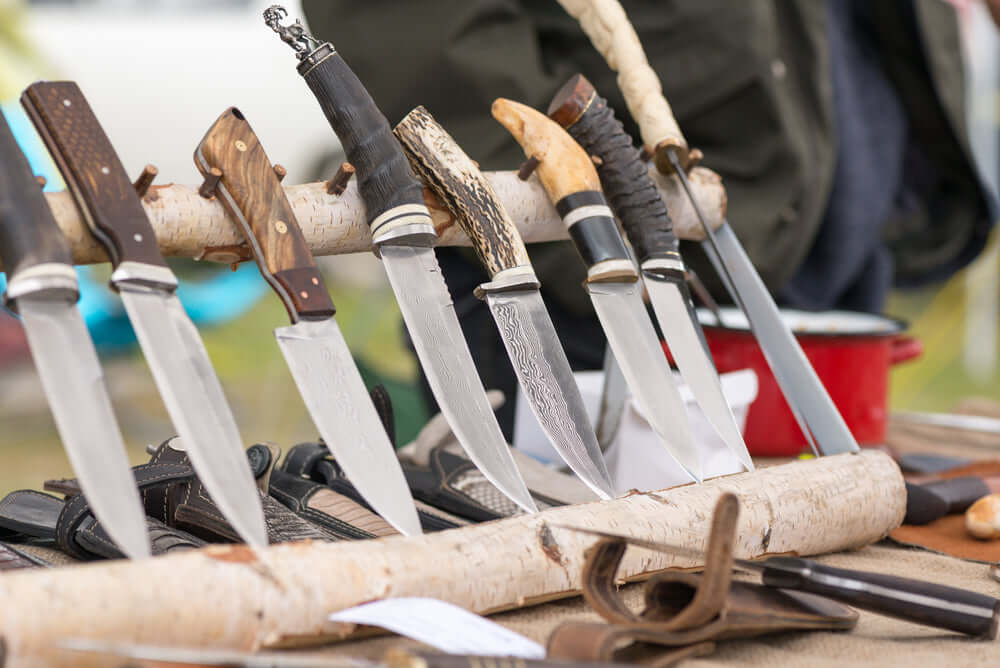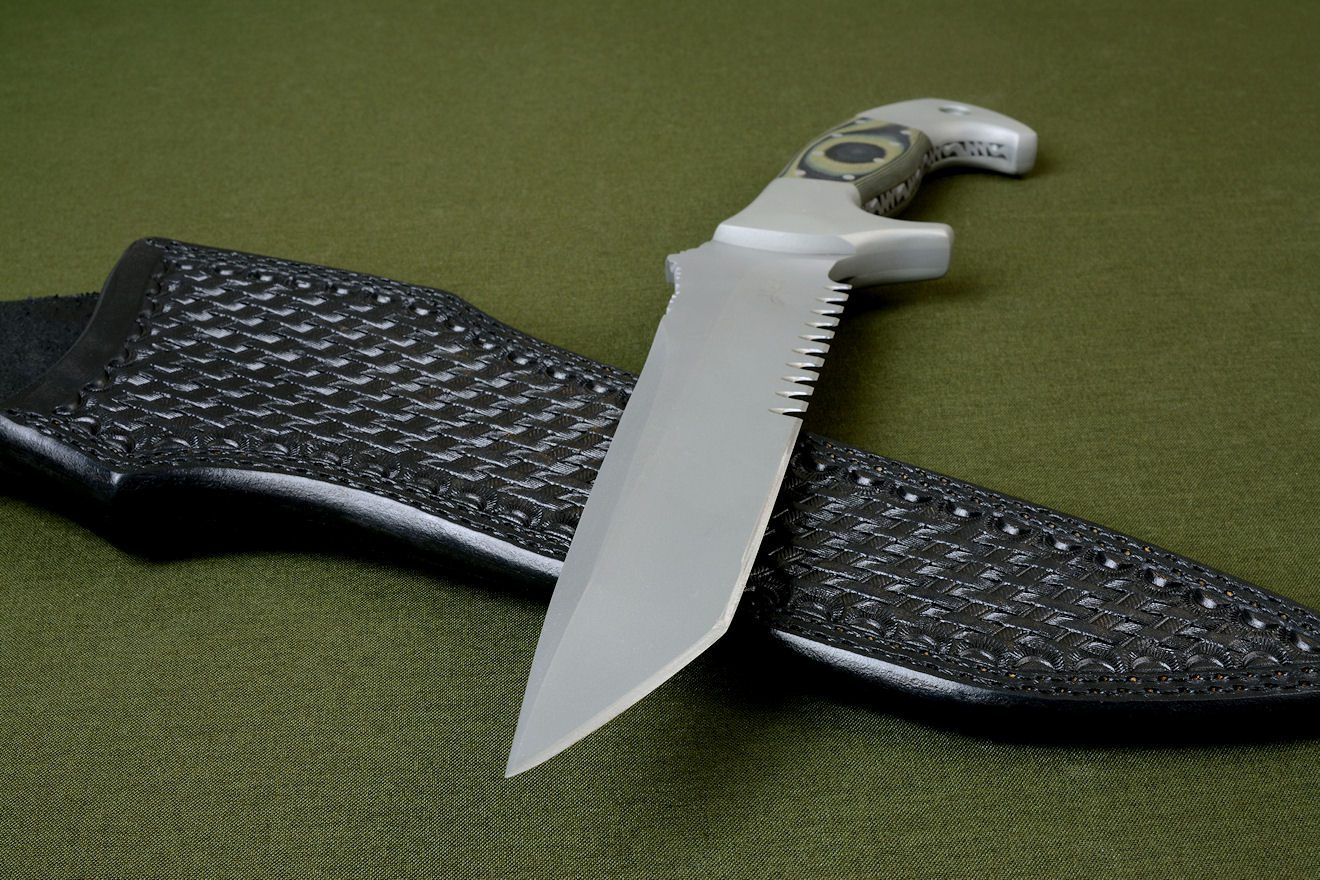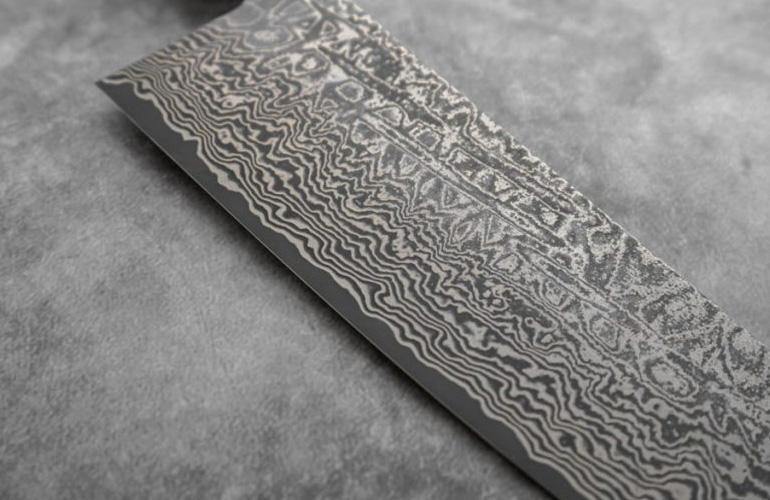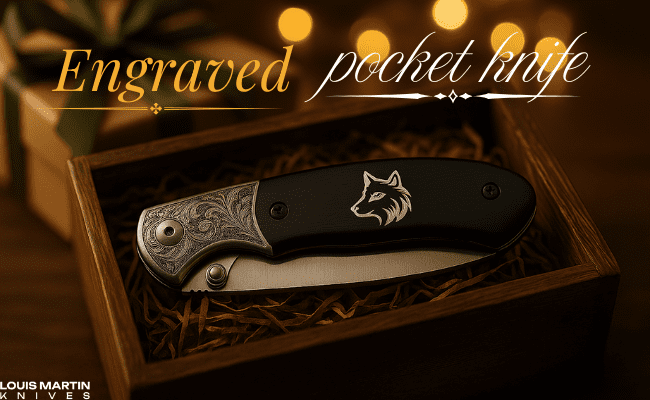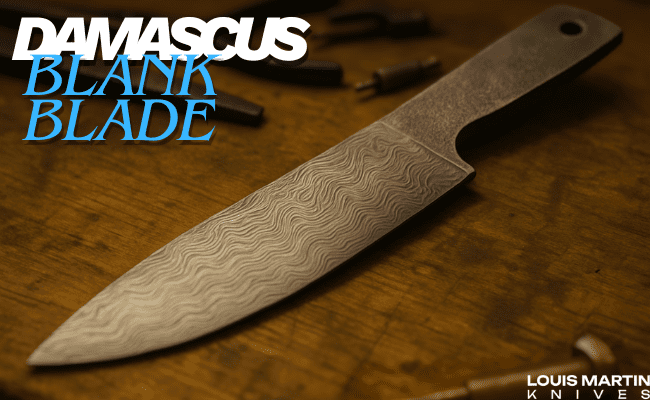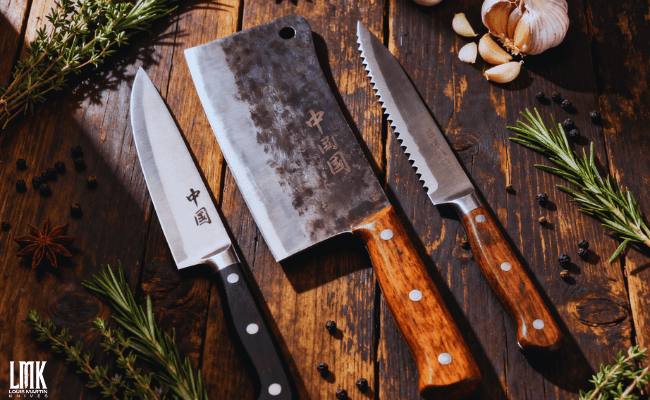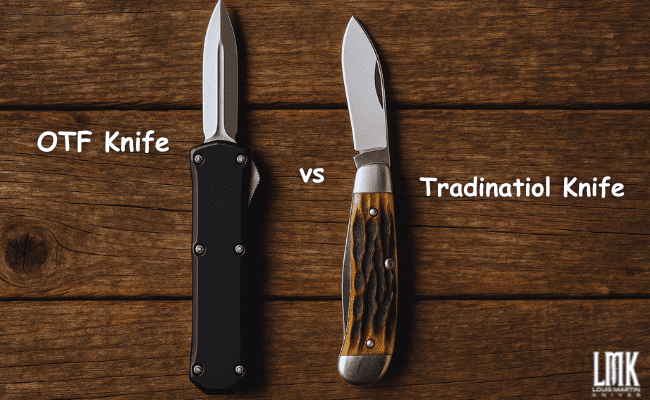The kind of steel used in handmade knives is one of the most important aspects that determines the knife’s overall quality, functionality, and durability. Any knife’s core component, steel, determines its robustness, ability to hold an edge, resistance to corrosion, and ease of sharpening. For individuals who are unfamiliar with knife collection or manufacturing, the wide variety of steel kinds available can be intimidating.
Crucial to the creation of custom knives is the type of steel utilized. The performance, maintenance, and durability of a knife are greatly impacted by the type of steel used. We’ll look at several steel kinds used in handmade knives in this blog post, so you can learn about their special qualities and how they affect the overall quality of your blade.
Understanding Steel Composition and Properties
Comprehending the composition and qualities of steel is essential when making premium folding and handmade knives. The hardness, toughness, corrosion resistance, and general performance of a blade are determined by the proper combination of components such as carbon, chromium, and vanadium.
Chromium: Adds corrosion resistance.
Vanadium: Improves wear resistance and toughness.
Molybdenum: Increases strength and hardness.
Hardness, toughness, resistance to corrosion, edge retention, and ease of sharpening are important characteristics to take into account while selecting steel for handmade knives. Choosing the ideal steel for your requirements can be made easier by being aware of these qualities.
High Carbon Steels
High-carbon steels are a popular choice for handmade knives, especially hunting knives. Known for their exceptional hardness and edge retention, they provide the reliability and sharpness needed for outdoor adventures and everyday use.
1095 Steel: A classic high carbon steel, 1095 is easy to sharpen and can achieve a razor-sharp edge. However, it is prone to rust if not properly maintained.
O1 Tool Steel: Known for its good balance of toughness and edge retention, O1 tool steel is a popular choice for custom knife makers.
W2 Steel: Famous for producing a beautiful hamon (temper line), W2 steel is highly sought after for its ability to achieve a very hard edge.
Advantages: High carbon steels are relatively easy to sharpen and can attain very sharp edges. They are also generally less expensive.
Disadvantages: They are prone to rust and require regular maintenance to prevent corrosion.
Stainless Steels
Because stainless steels are known to resist rust, they are perfect for handmade knives. Stainless steels are widely used to make the greatest knives because they provide the ideal combination of toughness, edge retention, and ease of maintenance, guaranteeing long-lasting dependability and performance.
440C Steel: Offers a good balance of hardness, corrosion resistance, and edge retention. It’s a versatile choice for both kitchen and outdoor knives.
VG-10 Steel: A high-end Japanese stainless steel known for its excellent edge retention and ease of sharpening.
CPM S30V Steel: A premium stainless steel that offers superior edge retention and toughness, making it ideal for high-performance knives.
Advantages: Stainless steels are highly resistant to rust and corrosion, requiring less maintenance.
Disadvantages: They can be harder to sharpen compared to high-carbon steels and may not achieve the same level of sharpness.
Tool Steels
Tool steels are designed to withstand high wear and tear, making them suitable for heavy-duty applications. Tool steels are celebrated for their durability and wear resistance, making them a top choice for handmade knives. Known for creating some of the best knives, these steels ensure exceptional performance and longevity, perfect for heavy-duty and precision tasks.
D2 Steel: Known for its high wear resistance and edge retention. However, it can be challenging to sharpen.
A2 Steel: Offers a good balance of toughness and edge retention. It’s less prone to chipping and easier to sharpen than D2.
M4 Steel: Renowned for its outstanding edge retention and toughness. It’s a favorite for high-performance and tactical knives.
Advantages: Tool steels are incredibly durable and maintain their edges well.
Disadvantages: They can be difficult to sharpen and may require specialized equipment.
Powder Metallurgy Steels
Powder metallurgy (PM) steels are created using a process that results in a uniform distribution of alloying elements, leading to superior performance characteristics.
CPM 3V Steel: Known for its exceptional toughness and wear resistance.
CPM S90V Steel: Offers excellent edge retention and corrosion resistance.
Elmax Steel: A high-end PM steel that balances edge retention, corrosion resistance, and toughness.
Advantages: PM steels provide superior performance in terms of toughness, wear resistance, and edge retention.
Disadvantages: They are often more expensive and can be challenging to sharpen.
Damascus Steel
Damascus steel is famed for its striking patterns and historical significance. Modern Damascus is typically made by forge-welding multiple types of steel together and then etching the surface to reveal distinctive patterns.
Advantages: Offers unique aesthetics and can combine the strengths of different steels.
Disadvantages: The quality can vary significantly depending on the maker and the materials used.
Choosing the Right Steel for Your Needs
Tips for Making an Informed Decision
For outdoor and survival knives: Consider high carbon or tool steels like 1095 or D2.
For kitchen knives: Stainless steels like VG-10 or powder metallurgy steels like Elmax are excellent choices.
For collectors: Damascus Steel offers a unique aesthetic appeal.
Expert Opinions and Recommendations
Experienced knife makers often have their preferred steels based on years of crafting and using handmade knives. Here are some insights.
John Smith, Custom Knife Maker: I prefer 1095 for its ease of sharpening and the beautiful patina it develops over time.
Jane Doe, Culinary Knife Specialist: VG-10 is my go-to for kitchen knives due to its excellent edge retention and corrosion resistance.
For beginners, starting with a more forgiving steel like 1095 or VG-10 can be beneficial. Advanced enthusiasts might explore tool steels or powder metallurgy steels for superior performance.
Conclusion
The performance, maintenance requirements, and longevity of handmade knives are greatly influenced by the type of steel used in their construction. Everyday kind has its advantages, such as the higher hardness of tool steels, the remarkable edge retention of high carbon steels, and the resistance to rust of stainless steels. Collectors and aficionados choose powder metallurgy and Damascus steels because of their superior performance and visual appeal. Making the correct steel choice is crucial to guaranteeing that your knife fulfills your needs, whether it be for daily use, outdoor activities, or cooking duties. Your search for the greatest handmade knives that meet your demands will be aided by learning about the characteristics of various steels. Please share your preferences and experiences in the comments section; we’d love to hear about your search for the ideal handcrafted
FAQs
1. What is the best steel for handmade knives?
Choosing the best steel depends on your specific needs. High carbon steels like 1095 offer excellent edge retention, while stainless steels such as VG-10 provide superior rust resistance. Tool steels like D2 are durable and ideal for heavy-duty tasks.
2. How do I maintain handmade knives made from different types of steel?
Maintenance varies based on the steel type. High carbon steels require regular oiling to prevent rust, while stainless steels need minimal upkeep but may be harder to sharpen. Tool steels and powder metallurgy steels benefit from regular cleaning and occasional sharpening with appropriate tools.
